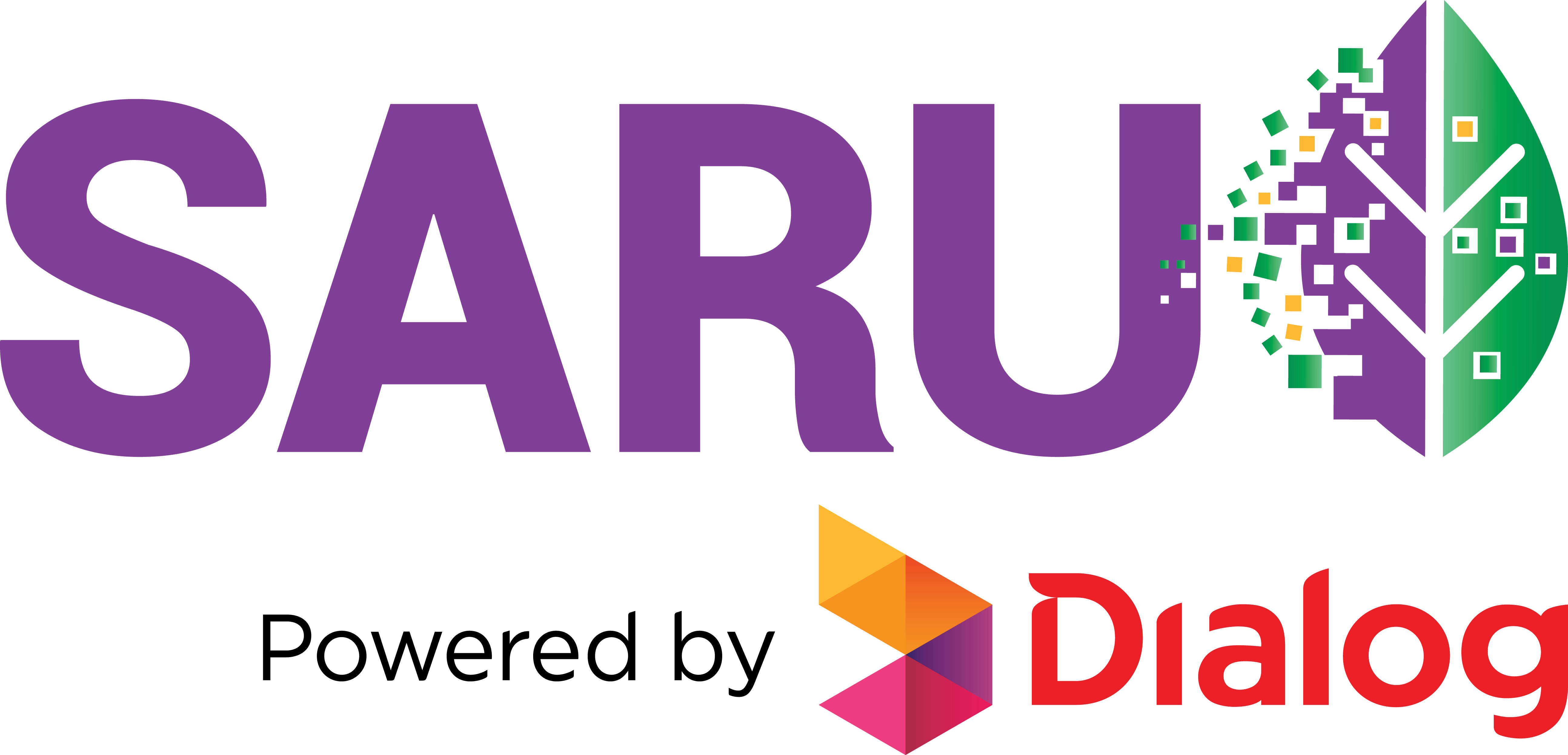Dialog in Agriculture
Dialog has been increasingly involved in smallholder agriculture since securing and successfully implementing a revolutionary international Challenge Grant commencing in 2014/15. This resulted in the thriving Govi Mithuru/ Uzhavar Thozhan (“Farmer’s Friend”) ecosystem being initiated, which today counts over 600,000 registered users. Not long after this successful initiation, where it solved the burning issue of Access to Key, Timely Information, Dialog turned to another major challenge faced by the majority of Sri Lankan farmers on a regular basis: the compounding effects of climate change on their ability to cultivate and bring to harvest a viable crop.

Dialog’s Smart Farming Journey
It was at this point that Dialog’s Group Sustainability division while focusing on the affordability and the small farmer, initiated Dialog’s smart farming journey which to this date is under its Sustainability and Digital Inclusion. The aim was to develop low-cost IoT-enabled sensors and actuators for protected enclosures that enable farmers to automate, monitor, and control farm activities by simply using a smartphone app. The reasoning behind going for protected agriculture and automation thereof is deceptively straightforward. Protected agriculture can be done in both highly expensive, international-standard fashion, or in cheap and “good-enough” forms. The benefits of protected agriculture are obvious:
- More efficient to traditional farming methods, and therefore an environmentally and financially sustainable input application, which is used only at one requirement
- Ability to minimize negative external factors (weather, pest, disease) or leakage of negative external factors from afar such as pollen, chemicals
- Ability to time and control internal conditions and trigger the plant’s physiological reactions for off-season harvests which results in,
- Higher farm-gate prices
- Year-round supply for regular customers and post-harvest activities that cannot depend on long storage
- Pure seed-and-planting-material produced in a controlled environment
- Lower risk of attempting to cultivate higher-value crops, where the failure following a significant investment in seed and planting materials, let alone more expensive input applications, would have previously been prohibitive for a small farmer
- Ability to maximize the use of year-round and seasonally variable resources that cannot always be best utilized – the land/ soil itself, rainfall, etc.
With all the above benefits accruing even to the humblest and locally-adapted protected houses, it has been demonstrated that yield increases of 50% to 300% can be achieved, ceteris paribus, compared to open-field agriculture using the same inputs. Further, the protection gives the farmer some degree of climate resilience by protecting the crop from the increasingly regular extreme and volatile weather.
Despite all these advantages, there are also some challenges associated with protected agriculture:
- Financing the structure and initial cultivation through to harvest and payback
- The lack of guidance and simple information on how best to set about the entire activity
- Monitoring and correctly managing the internal environment, and managing timely and correct inputs and interventions according to precise environmental and plant-biology conditions




